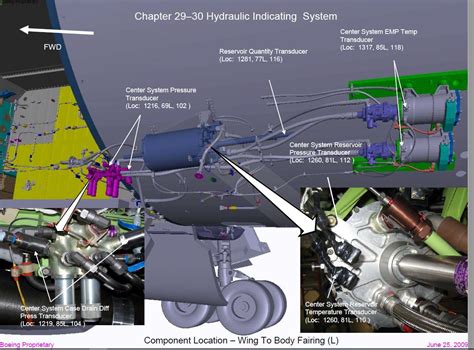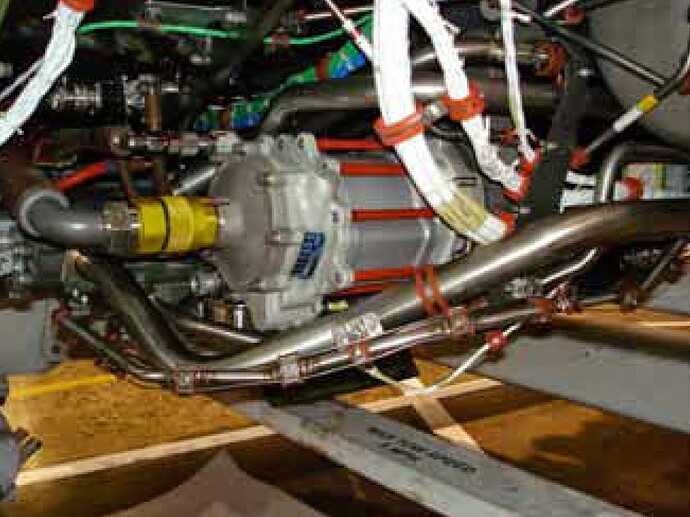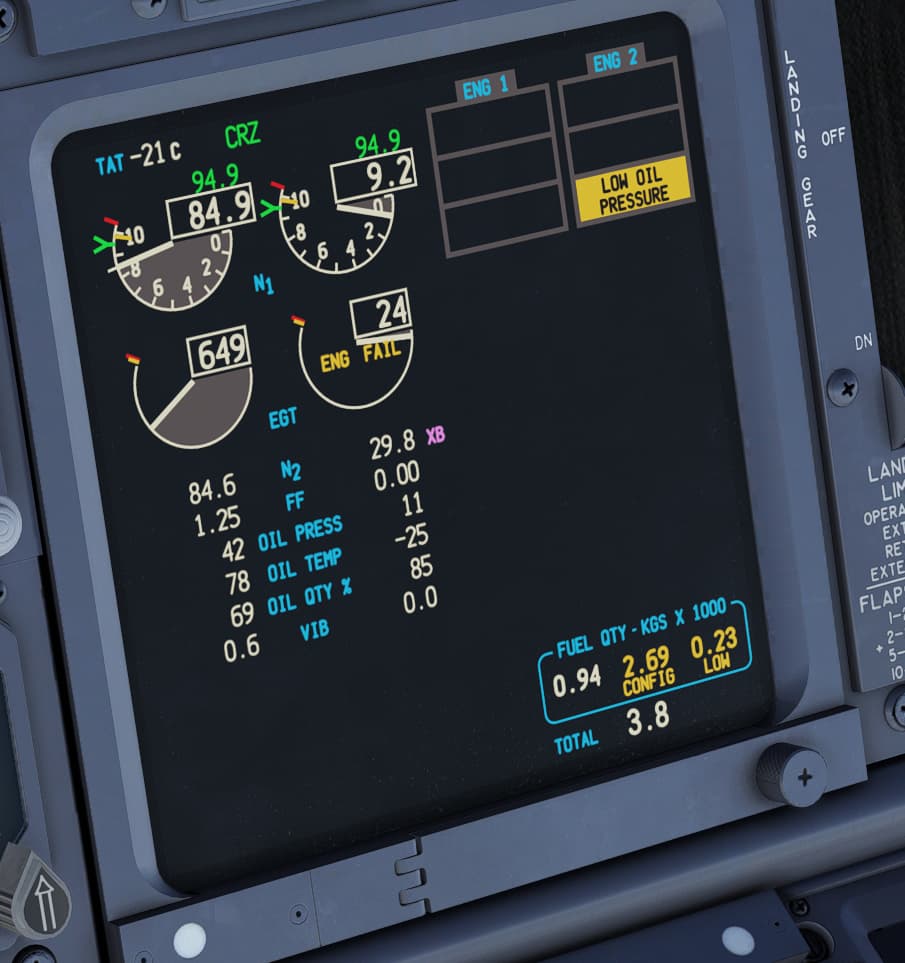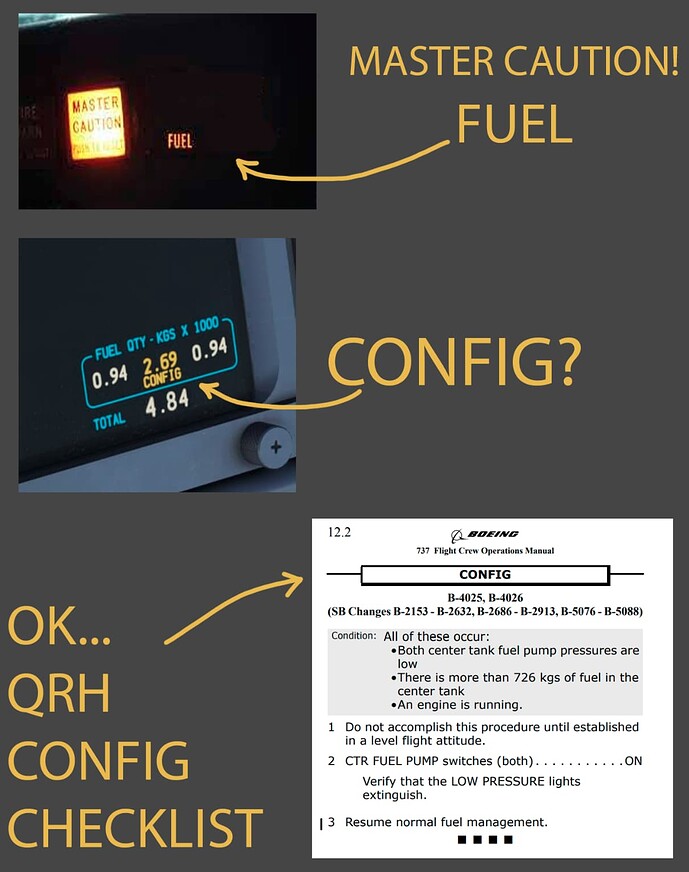Hydraulic fluid overheat
The electric motor-driven pumps (EMDP) and their case drain output temperatures are monitored, and when too high, respective protections activate.
Temperature sensors are located on the pump casing indicating pump hydraulic fluid overheat, and in the return case drain line from the pump to the reservoir indicating return fluid overheat.
There are two different EMDP overheat protective circuits possible, just an overheat indication or a protection that de-energizes the pump when it overheats.
OVERHEAT indication:
When A or B EMDP hydraulic pump and/or case drain temperatures exceed safe limits, the respective hydraulic amber OVERHEAT light illuminates on the hydraulic panel together with the HYD annunciator and MASTER CAUTION lights.
When the EMDP case drain hydraulic fluid temperature increases >107°C the OVERHEAT light illuminates, when temperature drops <85°C the light extinguishes.
When EMDP (pump) hydraulic fluid temperature increases >113°C, the OVERHEAT light illuminates, when the pump temperature drops <102°C – 85°C the light extinguishes.
AMM NOTE: If fuel temperature increases >32°C, monitor system A and B OVERHEAT lights.
Pump de-energizing:
When hydraulic fluid temperature in the EMDP increases >124°C, a thermal switch de-energizes the HYD PUMP relay thereby stopping the EMDP, indicated by its respective LOW PRESSURE and MASTER CAUTION lights. When the temperature drops <60°C, the relay energizes again allowing the EMDP to run when selected ON.
The OVERHEAT light does not illuminate in this case, so the overheat light only indicates on a case drain fluid overheat.
MEL Note: The OVERHEAT light may be inoperative provided the respective LOW PRESSURE light operates.
QRH Procedure: When the OVERHEAT light illuminates and the EDP pressure is >3300 PSI, select the EDP to OFF.
My approach is that the EDP has no overheat warning, so when its output is >3300 PSI it could indicate a malfunctioning EDP which affects that total system’s hydraulic fluid temperature indicated by a too high nominal output pressure and the OVERHEAT indication.





